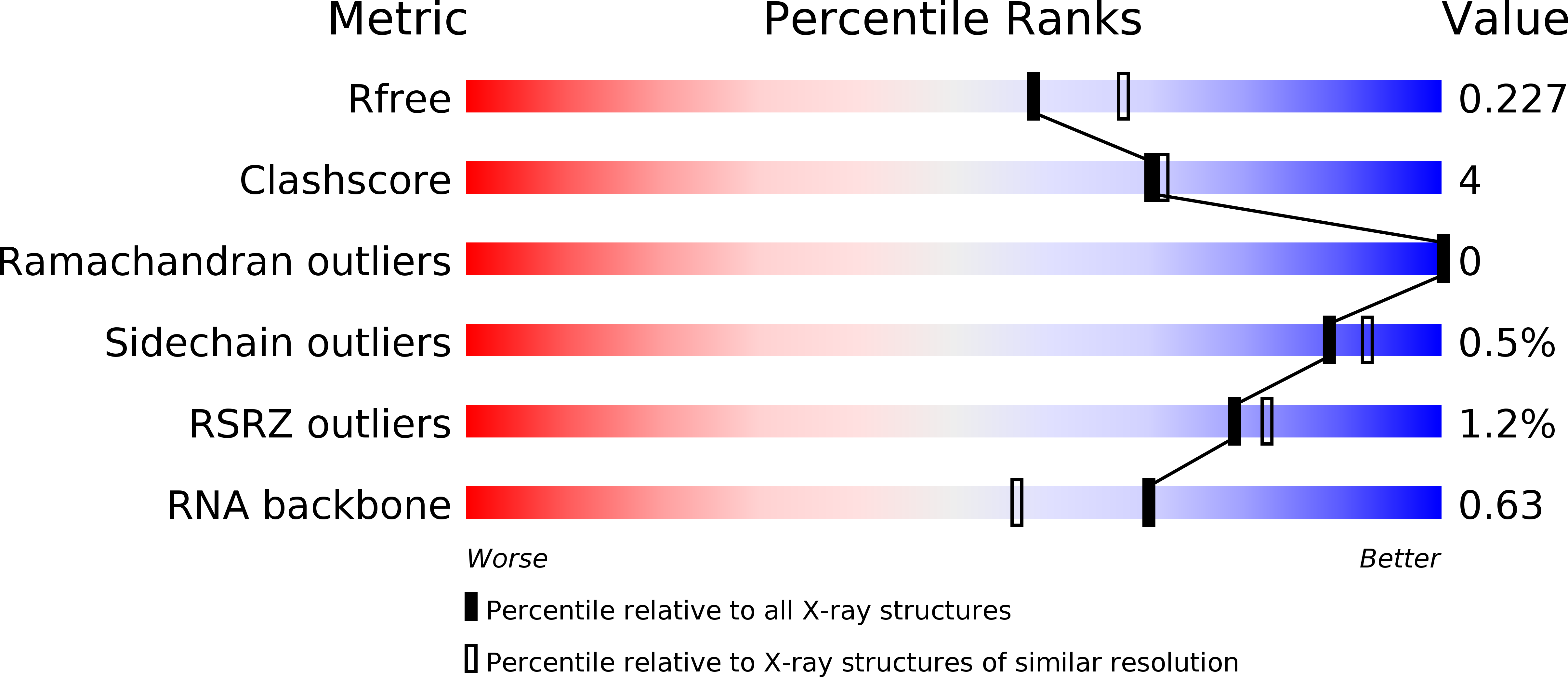
Deposition Date
2015-08-03
Release Date
2016-09-28
Last Version Date
2023-09-27
Entry Detail
PDB ID:
5D0A
Keywords:
Title:
Crystal structure of epoxyqueuosine reductase with cleaved RNA stem loop
Biological Source:
Source Organism:
Bacillus subtilis (strain 168) (Taxon ID: 224308)
Escherichia coli (Taxon ID: 562)
Escherichia coli (Taxon ID: 562)
Host Organism:
Method Details:
Experimental Method:
Resolution:
2.10 Å
R-Value Free:
0.22
R-Value Work:
0.18
R-Value Observed:
0.18
Space Group:
P 1 21 1


